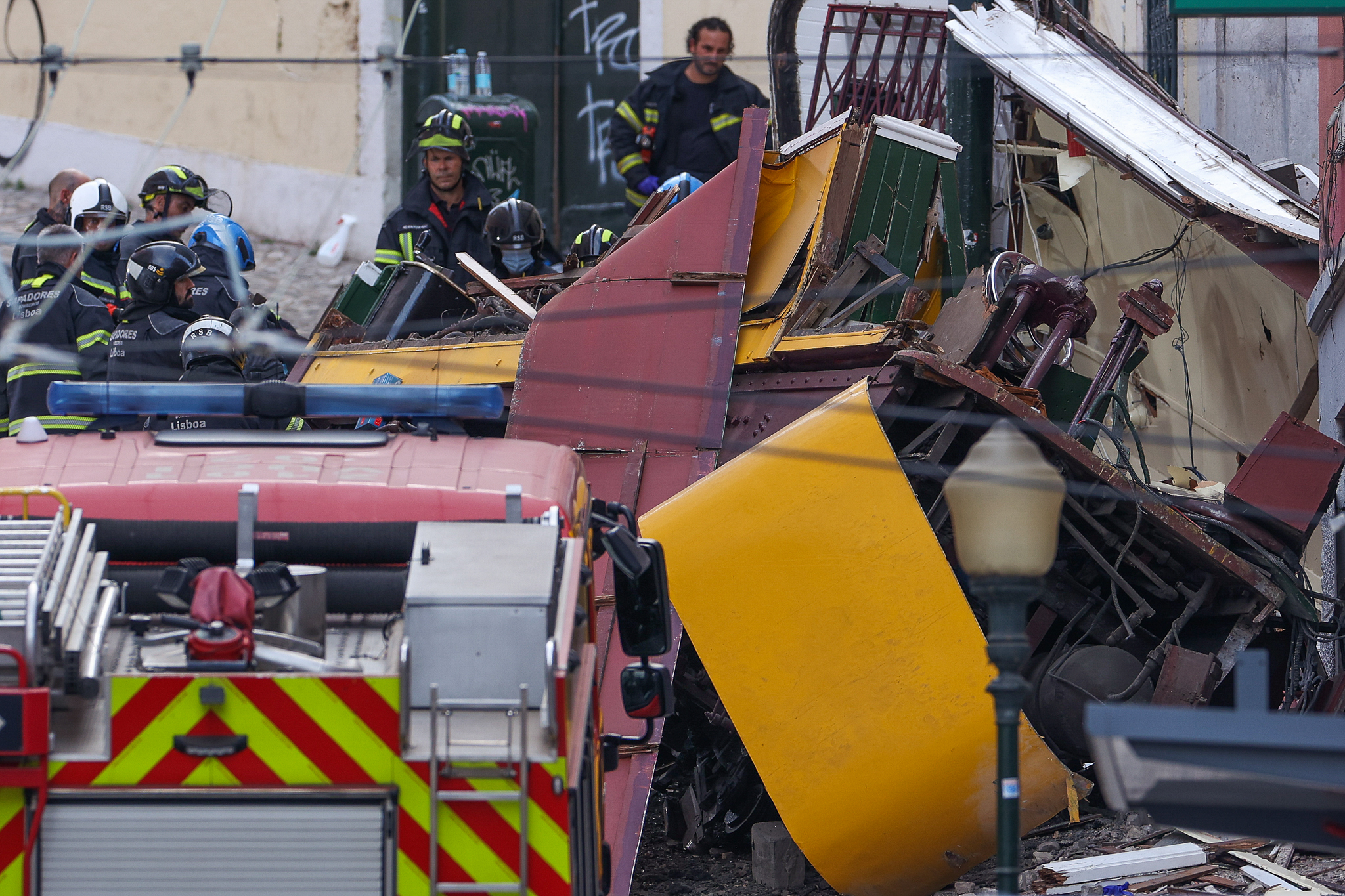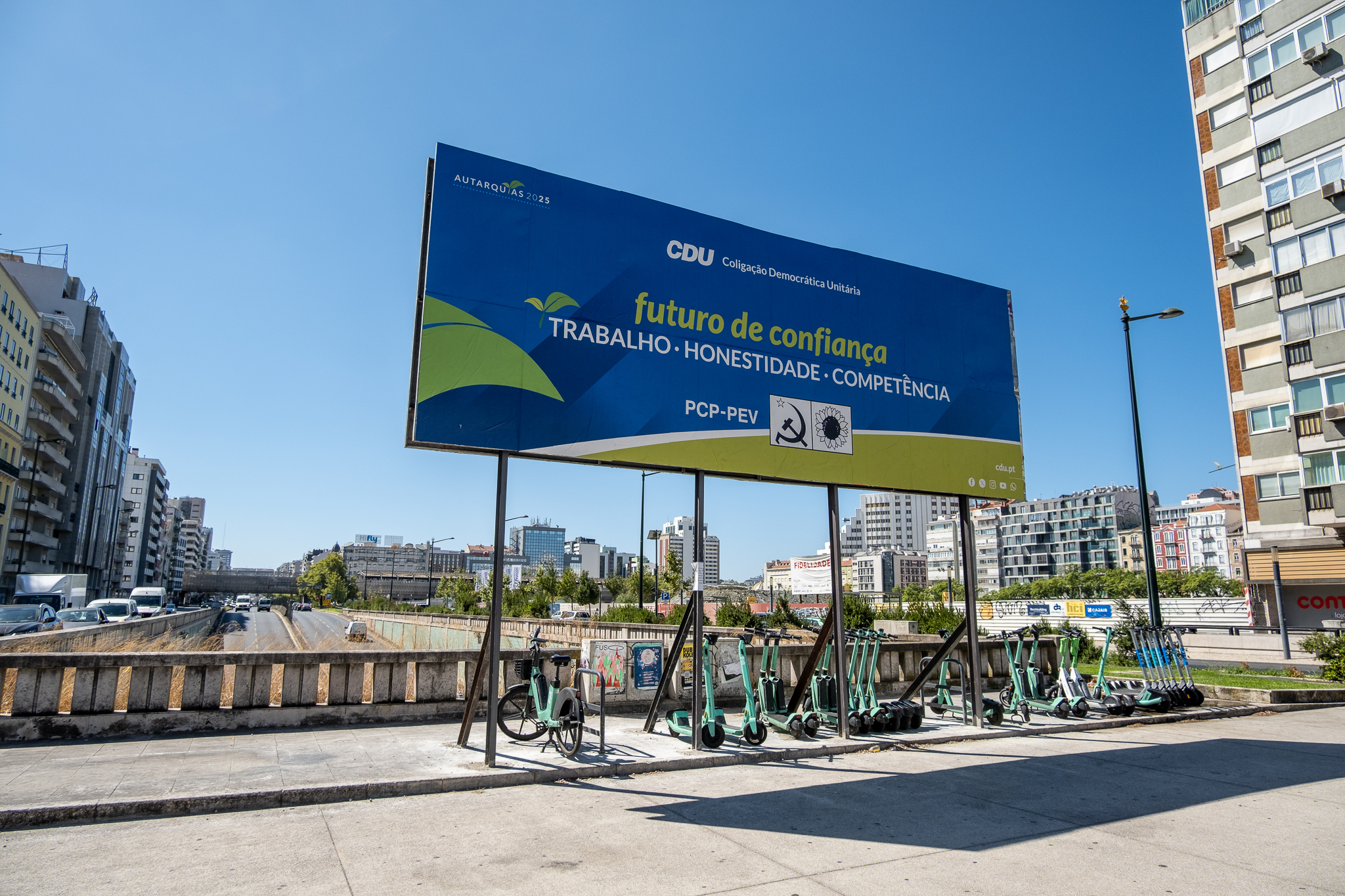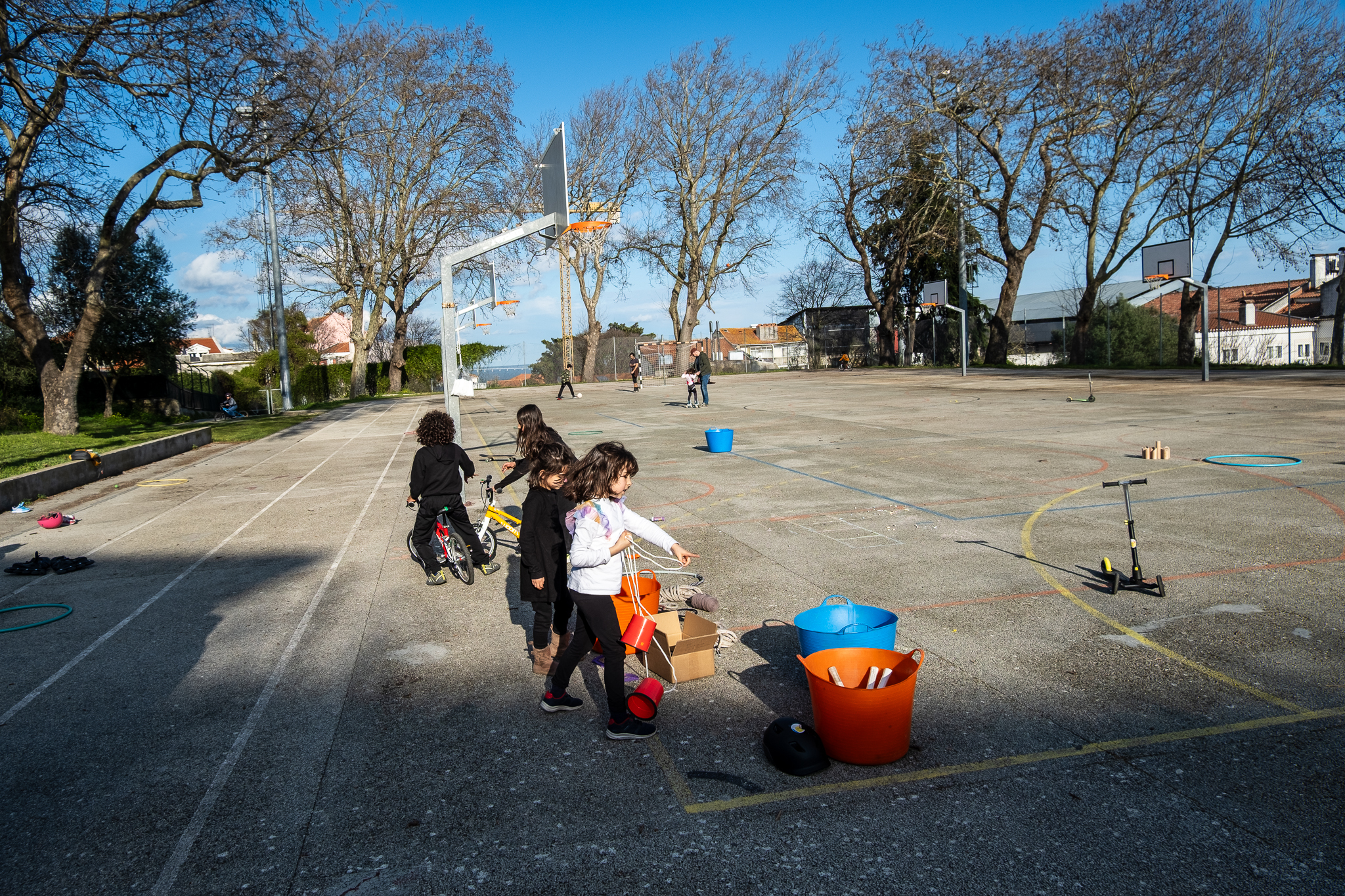Carlos Moreno put before our eyes an idea that, while not exactly new, was communicated in such a simple way that it quickly became a good political soundbite: the "15-minute city.

O video of just over seven minutes that Carlos Moreno made for the TED universe in 2020 went through the feeds of specialists - and also enthusiasts - of urbanism and mobility. The year was critical: the pandemic made us look at cities differently and value proximity, our neighborhood, small businesses, and green spaces. And Moreno put before our eyes an idea that, while not exactly new, was communicated in such a simple way that it quickly became a good soundbite political: the "15 minute city", a city where you can find everything you need within 15 minutes on foot or by bicycle.
The "15 minute city" idea - published in the meantime in a scientific article - was worked out for the municipal elections of June 2020, which put the Anne Hidalgo at the head of the Paris City Hall. This vision of a city of multifunctional neighborhoods was the great vision that the Socialist candidate, supported by the Communists and other parties, and by the Greens in the second round, presented to the Parisian voters, in an election that, even so, due to the Covid-19 pandemic had a lower turnout. Hidalgo's reelection was a victory for the concept, a controversial one, of course, because it markedly disrupts the existing paradigm. But the "15-minute city" crossed borders and was also exploited in the last elections in Lisbon, by the then candidate and current mayor, Carlos Moedas. Simultaneously became a buzzword of many conferences, posts LinkedIn, articles in the press, company websites, etc.
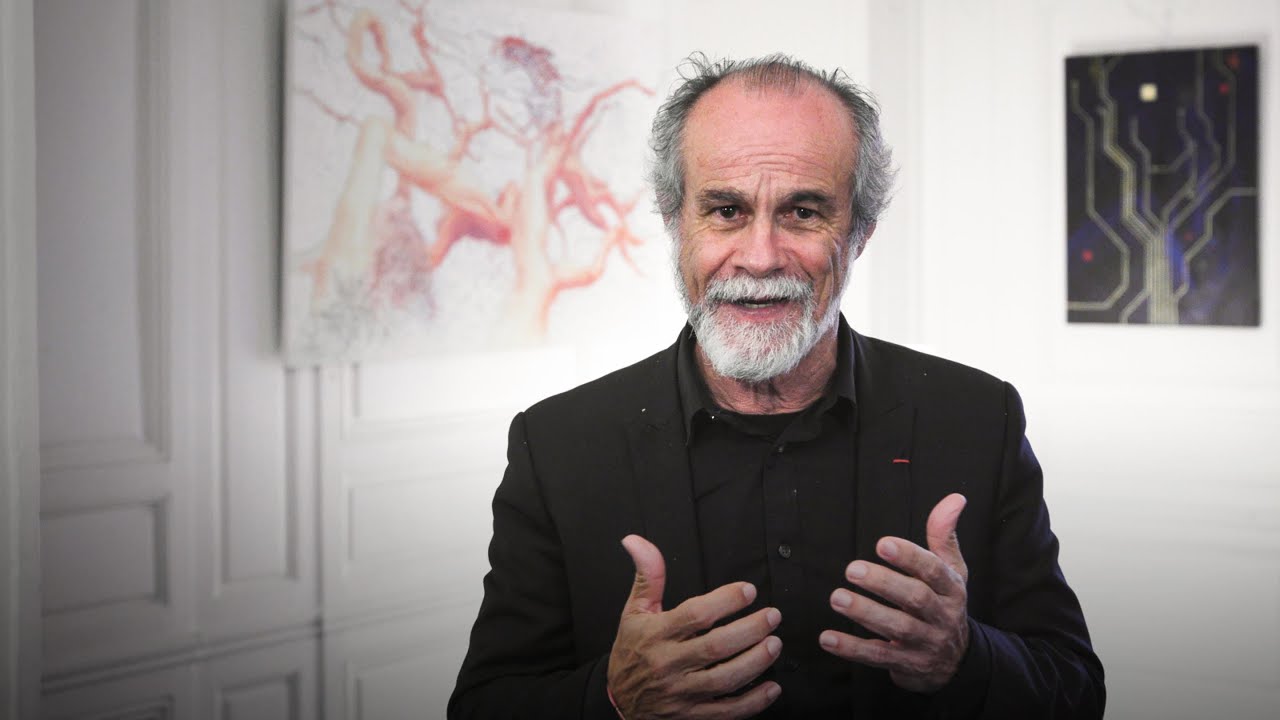
He was born in Colombia but it is in Paris that he made and makes his life. Carlos Moreno is a professor at the Sorbonne University, but divides his time between conferences and consultancies in various cities; he was and still is an advisor to Hidalgo and the Paris Chamber. He has a very busy schedule and it was between one flight and another that he managed to give a little more than 30 minutes to Shifter/Lisbon For People via video call. There was time for three questions.
The 15-minute city is a concept that is simple and easy to understand, but it contains some complexity. Our first question is one that is often asked: can this concept and that of the 30-minute territory be achieved?
The 15-minute city and the 30-minute territory are a paradigm to transform our urban life and our life in the territory into a life that places more importance on accessibility to essential services, in a smaller perimeter: 15-minute compact zone, hyper-centers for high-density cities; and 30 minutes for territories with medium or low density. We have defined six essential functions to access, on foot or by bicycle, in 15 minute cities or 30 minute territories. These six functions are: to live in good conditions and with organic density, to work without daily and long commutes; to shop in short distances, to access self-care for better physical and mental health, to access education and culture through face-to-face activities or using digital technologies, and to enjoy public spaces, green areas, and with clean water and air. We believe that if we can offer relevant access to each of these functions, whether by physical or digital access, we can reduce our CO2 emissions, further develop our sociability, and further strengthen the local economy and jobs. At the same time, this is a vision not only for the 15-minute city or 30-minute territory for me as an individual, but it is a vision for the whole territory. In this idea, we want to transform the current urbanism, based on suburbs on the peripheries without local centers, by offering polycentric cities and territories that use more, and in a better way, the infrastructure that exists today. This implies multi-use, for the use and reuse of different infrastructures to develop more local services and "social capital," to enjoy green areas, and to develop more social activities more intensively than in today's cities.
Carlos Moreno proposes several centers around which people can access different social functions; the professor proposes, therefore, to exchange mobility for proximity, so that we no longer have to travel long distances on a daily basis and instead can go about our lives in the neighborhood, without the need for a car, by foot or bicycle - and when we need to go farther, that we can do so by public transportation and within a 30-minute radius. Moreno questions the commutes It also proposes the multiplication of uses for the same space - a school can, at the end of the day or on the weekend, be a meeting place for cultural activities, for example.
This article is part of our magazine.
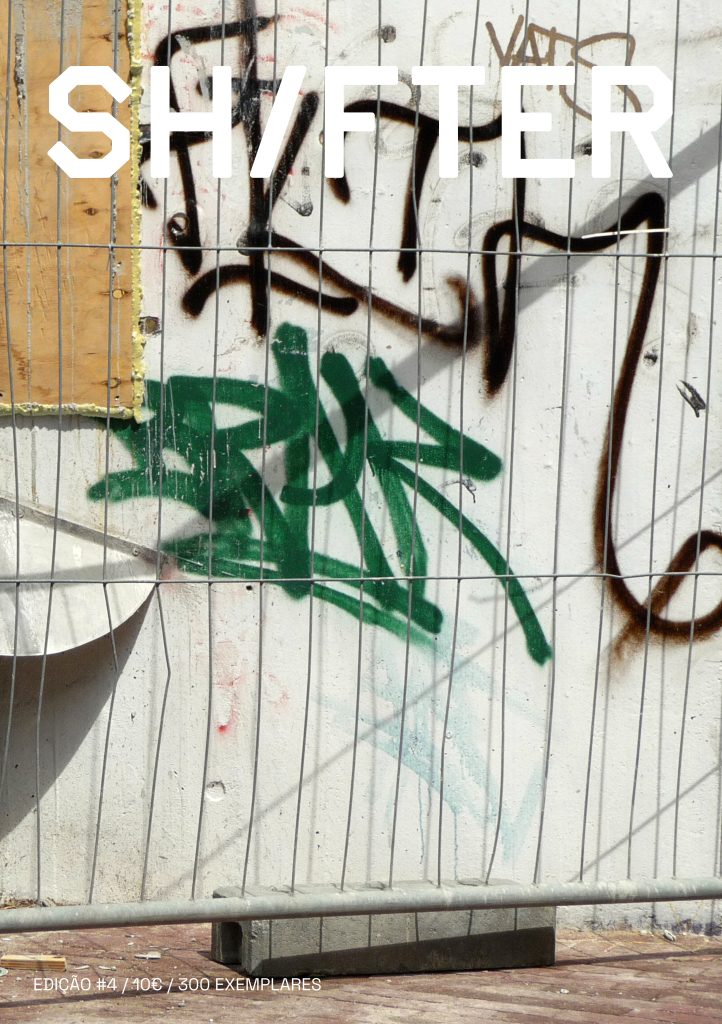
Lisboa Para Pessoas and Shifter present a paper magazine about cities, urbanism and the organization of space in general. A special publication that invites us to reflect on this theme with essays, interviews, reports and different perspectives and ways of thinking.
Moreno's "15-minute city" vision was presented at COP21, the United Nations meeting on climate change held in 2015 and which gave rise to the Paris climate agreement and gained particular traction with the Covid-19 pandemic. So much so that this idea, which counters the fragmented city paradigm where many activities depend on long commutes by car or even public transport, was also absorbed by the C40 Cities network, a union that integrates Paris and Lisbon, for example, which in July 2020 attached the "15-minute city" to its program for a fair and sustainable recovery.
Could the 15-minute city be a one-size-fits-all idea for some cities? Do you think this is a one-size-fits-all concept or is it likely that other concepts will need to be created?
The origin of the concept comes right after COP21, six years ago, as a response to climate change - it was a launch pad for this idea. At that moment several people said it was a good idea but at the same time a utopia, because it is impossible to work close to home, since we need, in any scenario, to have a job. And even if it is necessary to travel an hour or more, at least there is the possibility that we have a job. For several years, this idea was just an academic concept, from my team at the Sorbonne University, until the moment when the Mayor of Paris, Anne Hidalgo, in 2019, embraced this concept, by proposing in Paris for the new legislature, in her election campaign, and to radically transform our city, in this case Paris. And we presented this concept to Parisians in February 2020, a month before the pandemic crisis. Only after the Covid-19 pandemic started in Europe, this idea became very popular, because in our cities during the confinement the 15-minute city and the 30-minute territory were the key to living differently because during Covid-19 we needed to reduce our movements, we needed to live in close proximity [to essential goods and services], we needed to work using digital technologies, we needed to develop new jobs to stay productive during the confinements, and we needed to have more and more stores nearby. And in various cities around the world, regardless of their size, and their economic, cultural and social contexts, many local leaders have decided to implement this concept. And today this concept is a trajectory, it is a path, it is not a magic wand to change, in a few months, decades of segregated and transvisional urbanism. However, big cities like Milan, Rome, Paris, other cities in France, Dublin in Ireland, and Montreal [Canada] in North America, and cities in South America like Bogotá and Buenos Aires, and also in Asia in cities like Busan and Seoul [both in South Korea], we can find medium cities and small cities interested, or even rural territories. The concept is not just related to the size of cities, because the real basis of the concept is access to the six urban functions-living, working, consuming, accessing care, educating, and enjoying-and that's not related to the size of cities. We need to develop-even if we have small or medium-sized cities, and rural areas-more and more proximity services. The 15-minute city is not a dogma, it is not done through mere copy-paste. It's a plan, a trajectory based on methodological guidelines to implement these different services in varied topologies, based on this concept of polycentric places. I think it's very important to realize that. We don't have to have a specific model, we need first of all to identify the different resources to implement these six essential services, to implement the transformation of the uses of the buildings to strengthen their multi-use, and to develop more local jobs; and even more importantly, to socialize the spaces with the transformation of the public spaces, and to have the public spaces more resilient to climate change.
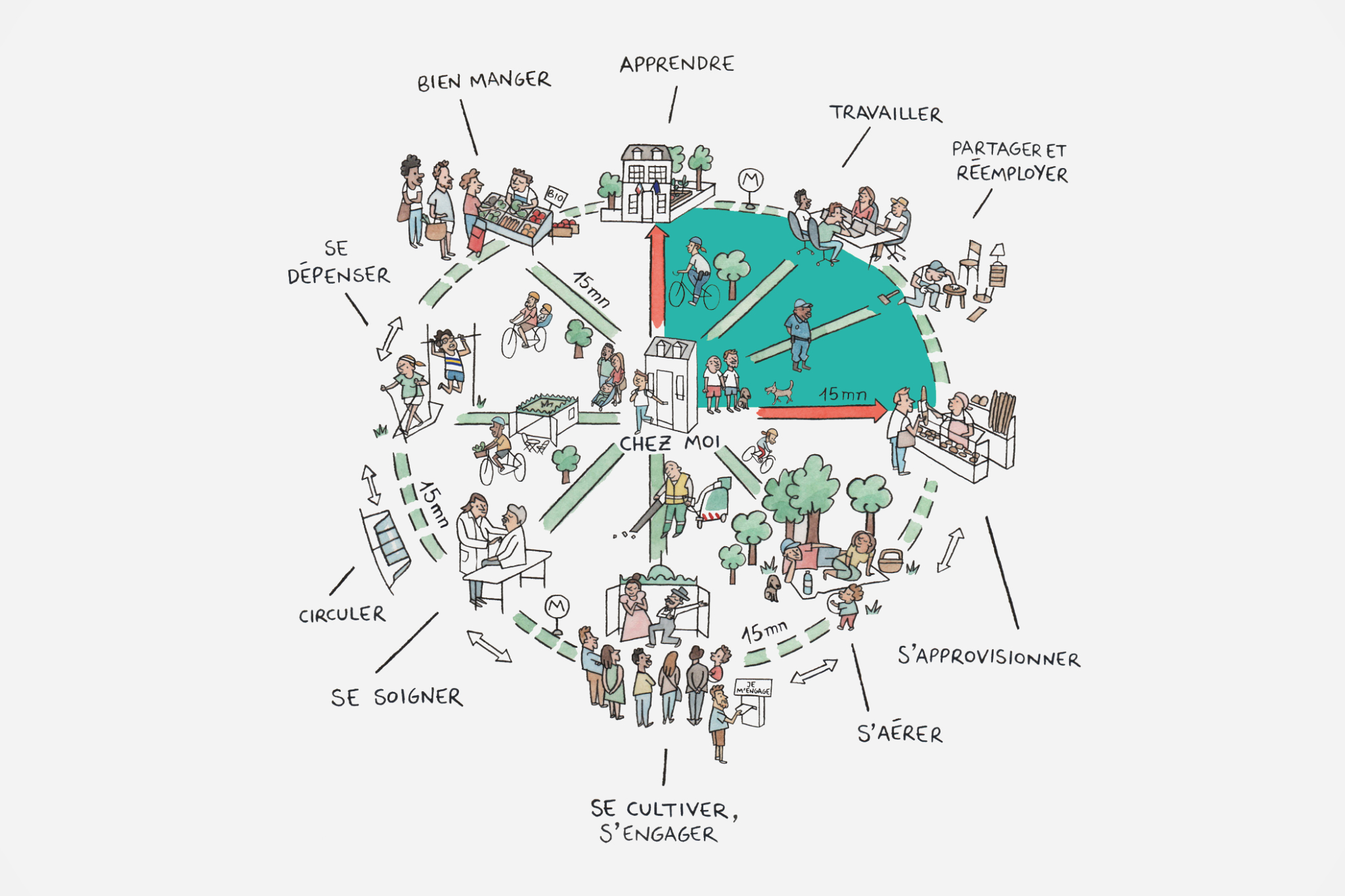
The "15-minute city" is not necessarily a utopia. If you can walk or bike to work in 15 minutes and access supermarkets, cafes, schools, green parks, and other essential infrastructure in that time frame, then you probably live in a "15-minute neighborhood." In Lisbon, a data analysis a recent study showed that the Alvalade neighborhood is the most prepared for this concept, with several schools and universities nearby, four hospitals and clinics, four subway stations, good coverage of segregated bike lanes, five coworking spaces, and several green spaces nearby. The Alvalade neighborhood was carefully planned, with the influence of architect Gonçalo Ribeiro Telles. Also in Telheiras - the old part - there was a concern to ensure services close to housing, creating multifaceted blocks. And there are cities around the world that have been experimenting with the idea of proximity for many years, like Ottawa (Canada), Copenhagen (Denmark), Melbourne (Australia), and Portland (USA), the latter with its "20-minute neighborhoods" that began in the late 2000s.
Within the issue of inequalities, one possible criticism is that a dynamic is generated of poorer people in the periphery, richer people in the center. How can one counteract this tendency and the tendency toward social uniformity that can arise?
We need to implement this concept not to strengthen private interests, because unfortunately we need to avoid the gentrification process in cities. We live today in cities with great inequalities. We have today totally fragmented, segmented cities: with their historic centers, business centers, cultural areas, the working class lives in the suburbs, for example, and wealthy areas located in another part of the city. And this is a fact today. With the 15-minute city concept, we want to rebalance the city to develop a more diverse use of space. This, of course, for multi-use functions and also greater social diversity. What is the key to fighting gentrification? The key lies in a very important term, the common good. The common good is a really ambitious urban policy to be implemented with the 15-minute city. What is the common good? The common good is the urban implementation of the concept proposed by Nobel Laureate Elinor Ostrom in 2009. The urban common good is a set of material resources to be consumed in a market economy, but outside of a speculative logic. The urban common good is a very important trend to fight inequality and to propose a city for all, and to propose new administrative financial tools to make the city more livable. A concrete example. The first is social housing. One of the most significant urban problems is the access to social housing; this is one of the reasons for the segmentation in cities between neighborhoods with urban anchors, better and more services and higher incomes and tax revenues, and the one with a high square meter price. We need to implement not only social housing for living inside a building, we have to complement social housing with other activities, cultural, educational, green areas, local consumption centers. We have to recreate new areas for living. And social housing, it can't continue to be developed only through segregation, kind of ghettos, only with one social category in one area. We have to mix social housing with regulated prices and families with higher incomes. This is today does not exist at all. The second example is local stores. Today in several neighborhoods, local stores are intertwined with the incomes of the people living in those areas. We have to manage the space differently. To implement different stores that cater to different interests like bookstores, recycling points, showrooms, cultural spaces, and for that we need to create commercial properties subsidized by the city to be able to manage different locations and rented at prices below the speculative market. In this way we can guarantee for artisans, artists, locations with low prices and other services like recycling points. And in this sense it is better to have these kinds of stores, bookstores, artists, recycling points, than to have the luxurious things. This is the case in Paris, we have commercial spaces to develop this balance. We need to transform buildings that are just dedicated to offices and corporate activities, and we need to transform those offices into houses with cultural activities. We have, in fact, to generate many intersections. A real 15-minute city is a city with many intersections with a mix of people, social categories, functions. This is not possible in three weeks, of course. This is a trajectory to rethink and redeploy resources, infrastructure and services, to develop these mixtures. But in reality if we want a discourse on inequalities, the reality in cities today is an explosion of inequalities and we have to work to reduce that.
This article is part of our magazine.

Lisboa Para Pessoas and Shifter present a paper magazine about cities, urbanism and the organization of space in general. A special publication that invites us to reflect on this theme with essays, interviews, reports and different perspectives and ways of thinking.

